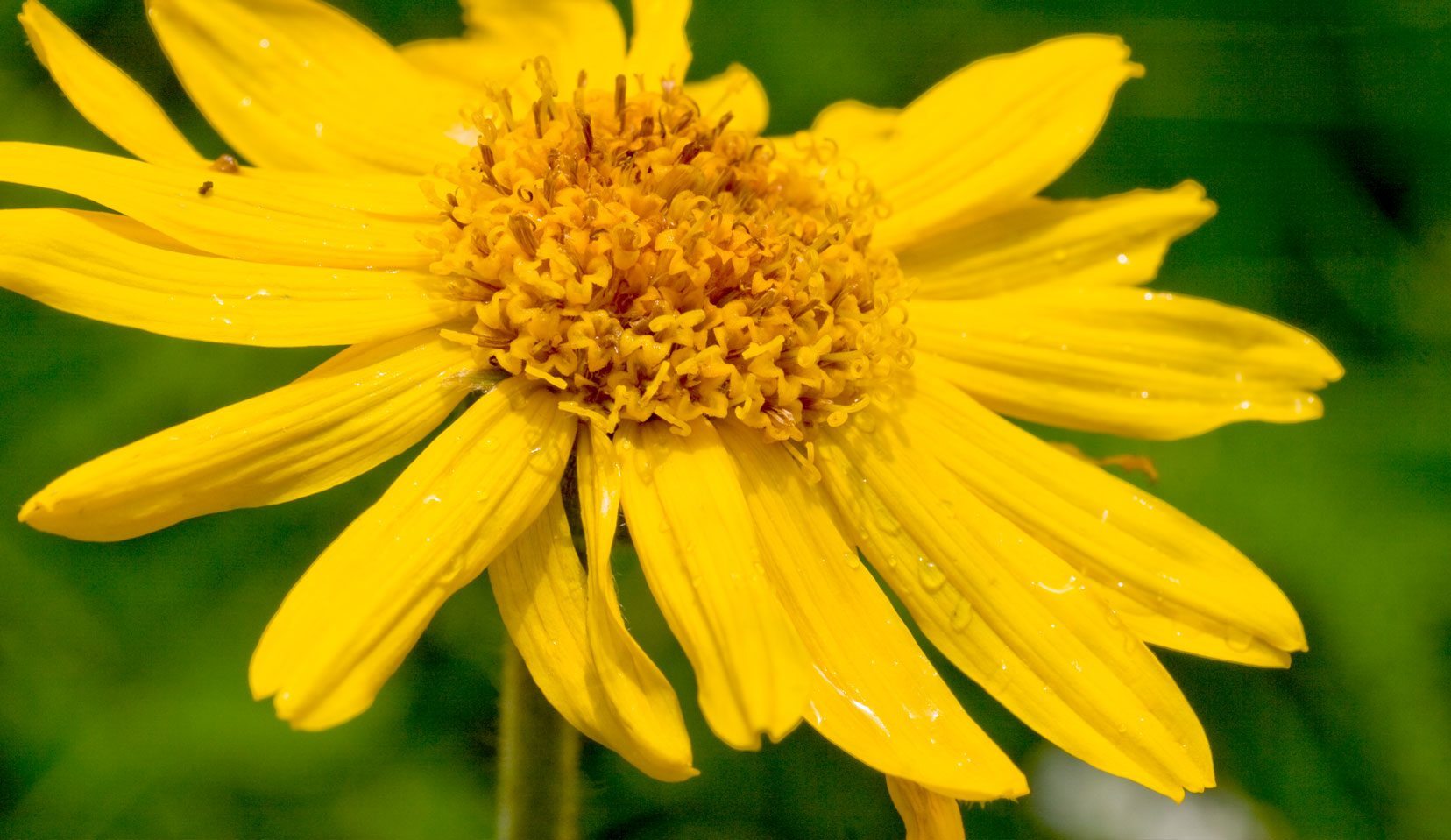Arnica
Synonyms: Mountain Tobacco, Leopard's Bane
Scientific Name: Arnica montana L.
Family: Asteraceae (Daisy Family)
Habitat
The plant is indigenous to the mountainous regions of Central Europe, from southern Norway and Lithuania in the north to southern Russia in the east.
Constituents
The plant is indigenous to the mountainous regions of Central Europe, from southern Norway and Lithuania in the north to southern Russia in the east.
All Plants
![]()
Dr.Hauschka Plant Archive
- Almond Tree
- /
- Apple
- /
- Argan Tree
- /
- Arnica
- /
- Avocado
- /
- Birch
- /
- Bitter Orange
- /
- Blackthorn
- /
- Borage
- /
- Buckwheat
- /
- Butterbur
- /
- Byrophyllum
- /
- Cacao
- /
- Candelilla
- /
- Carnauba
- /
- Carrot
- /
- Cassava
- /
- Castor Oil Plant
- /
- Chicory
- /
- Coconut tree
- /
- Common Oat
- /
- Dog´s Mercury
- /
- Eyebright
- /
- German Chamomile
- /
- Ginger
- /
- Goldenrod
- /
- Greater Burdock
- /
- Hops
- /
- Horse Chestnut
- /
- Ice Plant
- /
- Jojoba
- /
- Kidney Vetch
- /
- Larch
- /
- Lavender
- /
- Lemon
- /
- Lemon Balm
- /
- Lemon Grass
- /
- Macadamia
- /
- Madonna Lily
- /
- Mango
- /
- Manuka
- /
- Marigold
- /
- Marsh mallow
- /
- Mastic tree
- /
- Mistletoe
- /
- Mustard
- /
- Myrrh
- /
- Nasturtium
- /
- Neem
- /
- Norway Spruce
- /
- Olive
- /
- Pale-purple coneflower
- /
- Peppermint
- /
- Pomegranate
- /
- Quince
- /
- Raspberry
- /
- Red Clover
- /
- Rhatany
- /
- Ribwort Plantain
- /
- Rose
- /
- Rosemary
- /
- Sage
- /
- Sandalwood
- /
- Sea Buckthorn
- /
- Sesame
- /
- Shea Tree
- /
- Small nettle
- /
- St. John's Wort
- /
- Sunflower
- /
- Tea
- /
- Tormentil
- /
- White Poppy
- /
- Wild Pansy (Heartsease)
- /
- Wild Strawberry
- /
- Witch Hazel
- /
- Wood Sorrel


